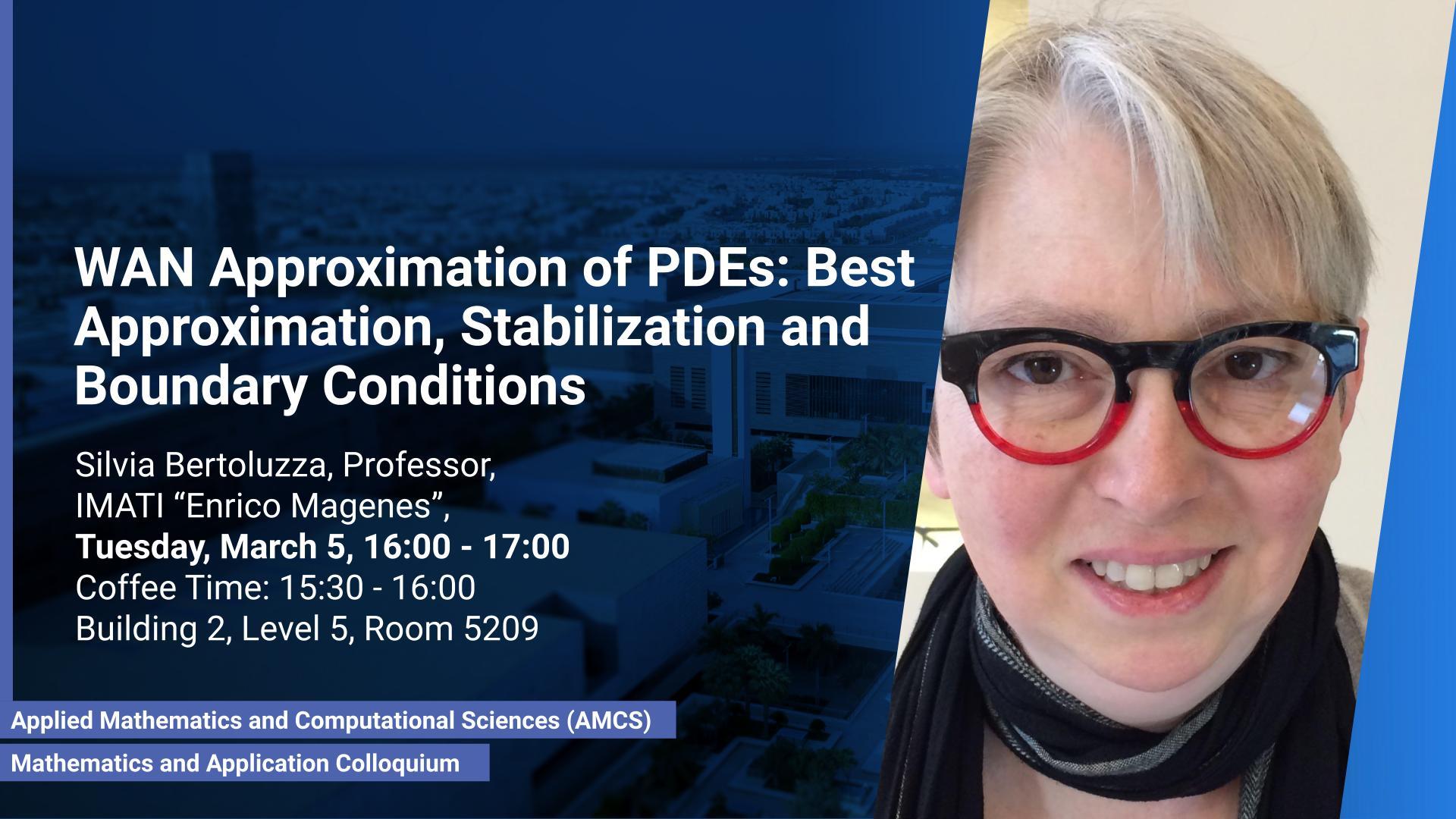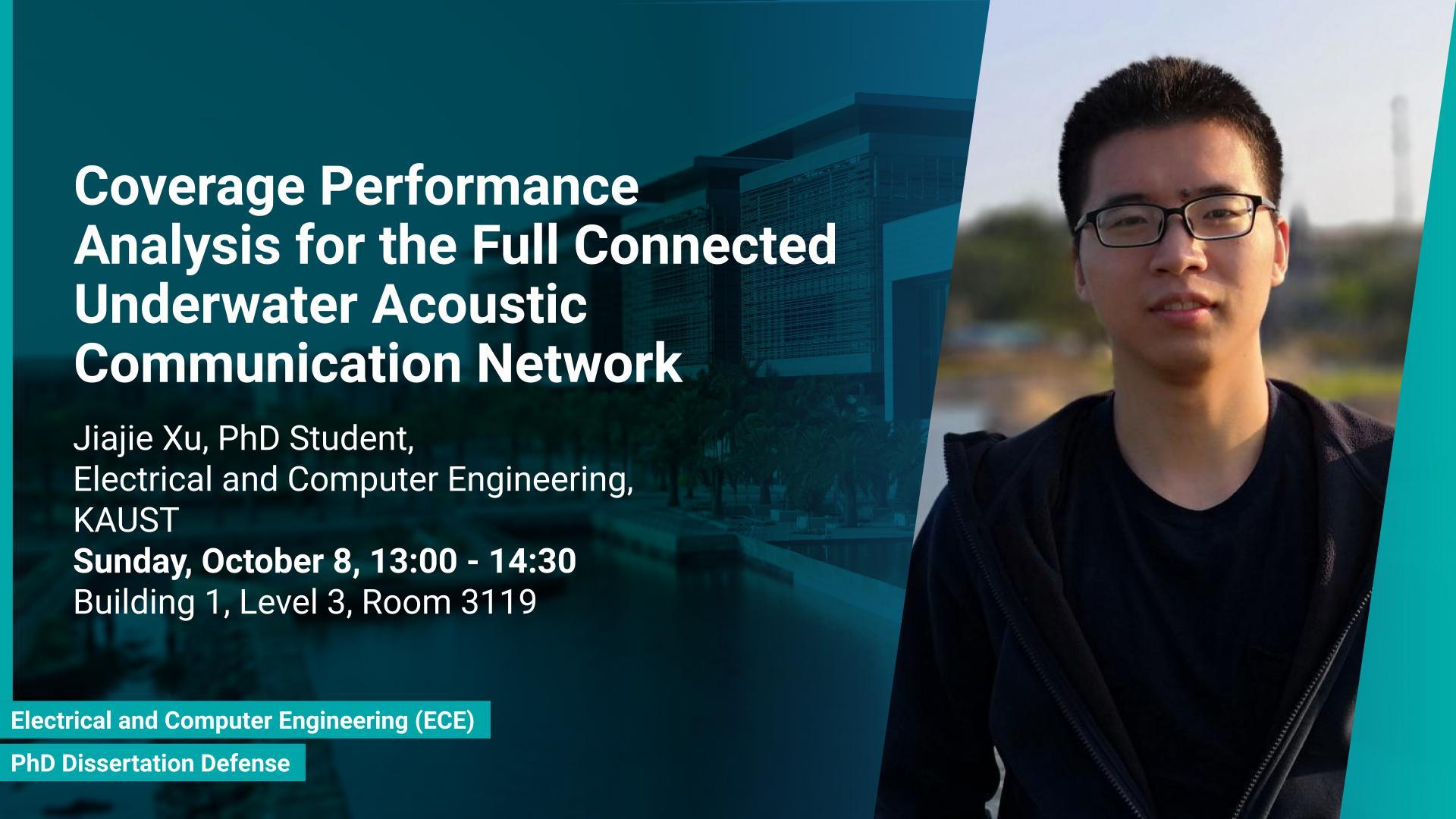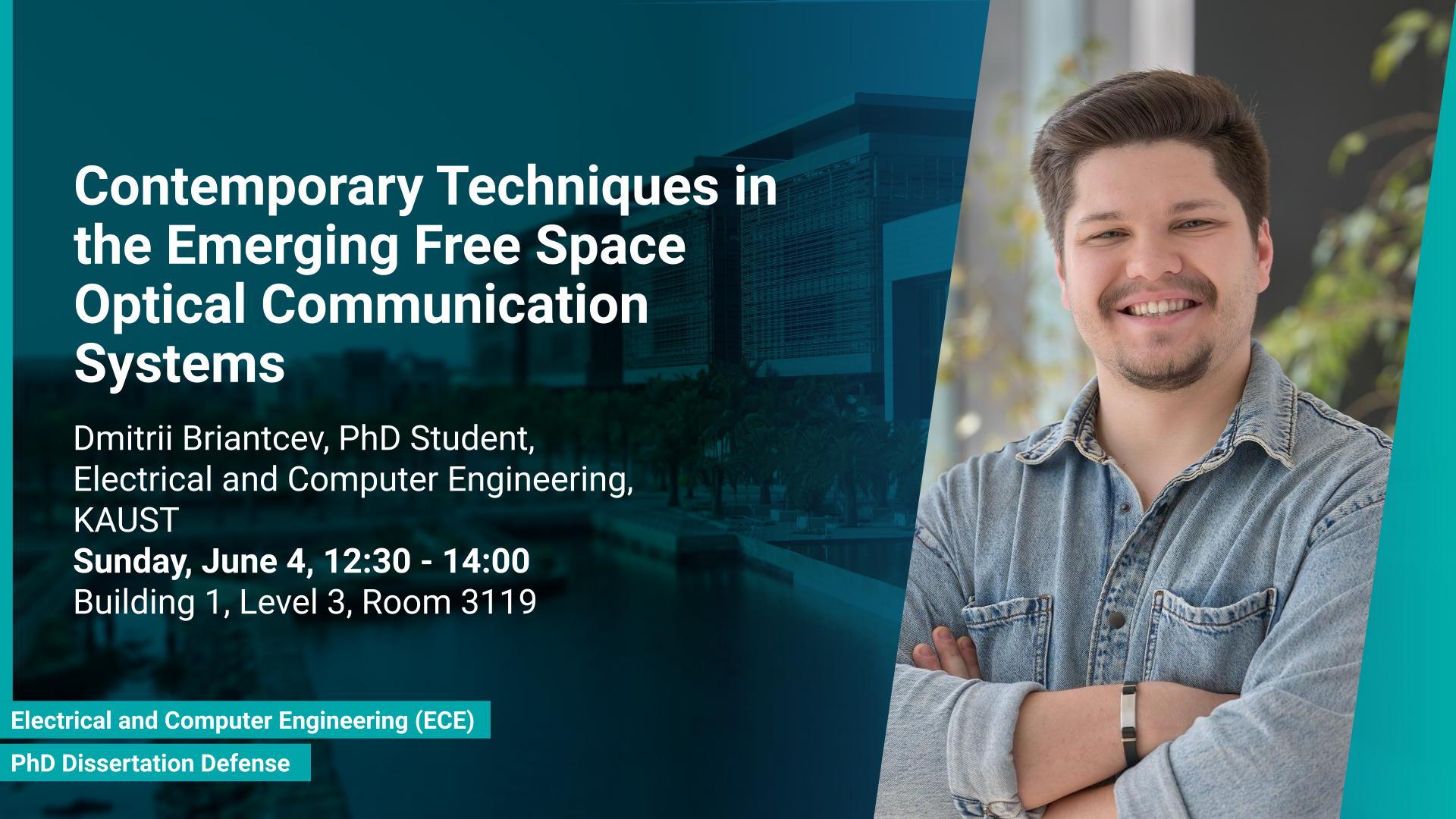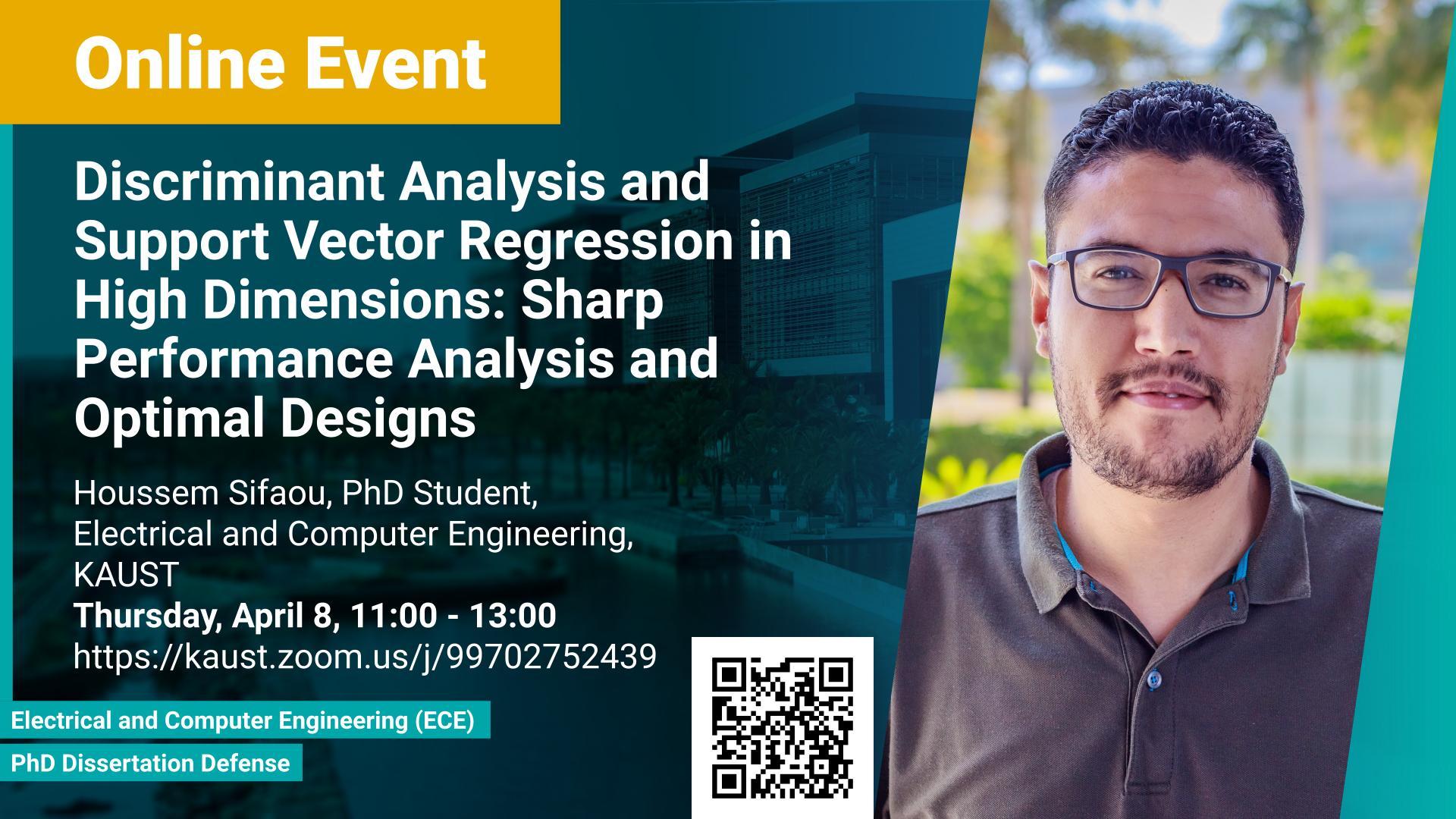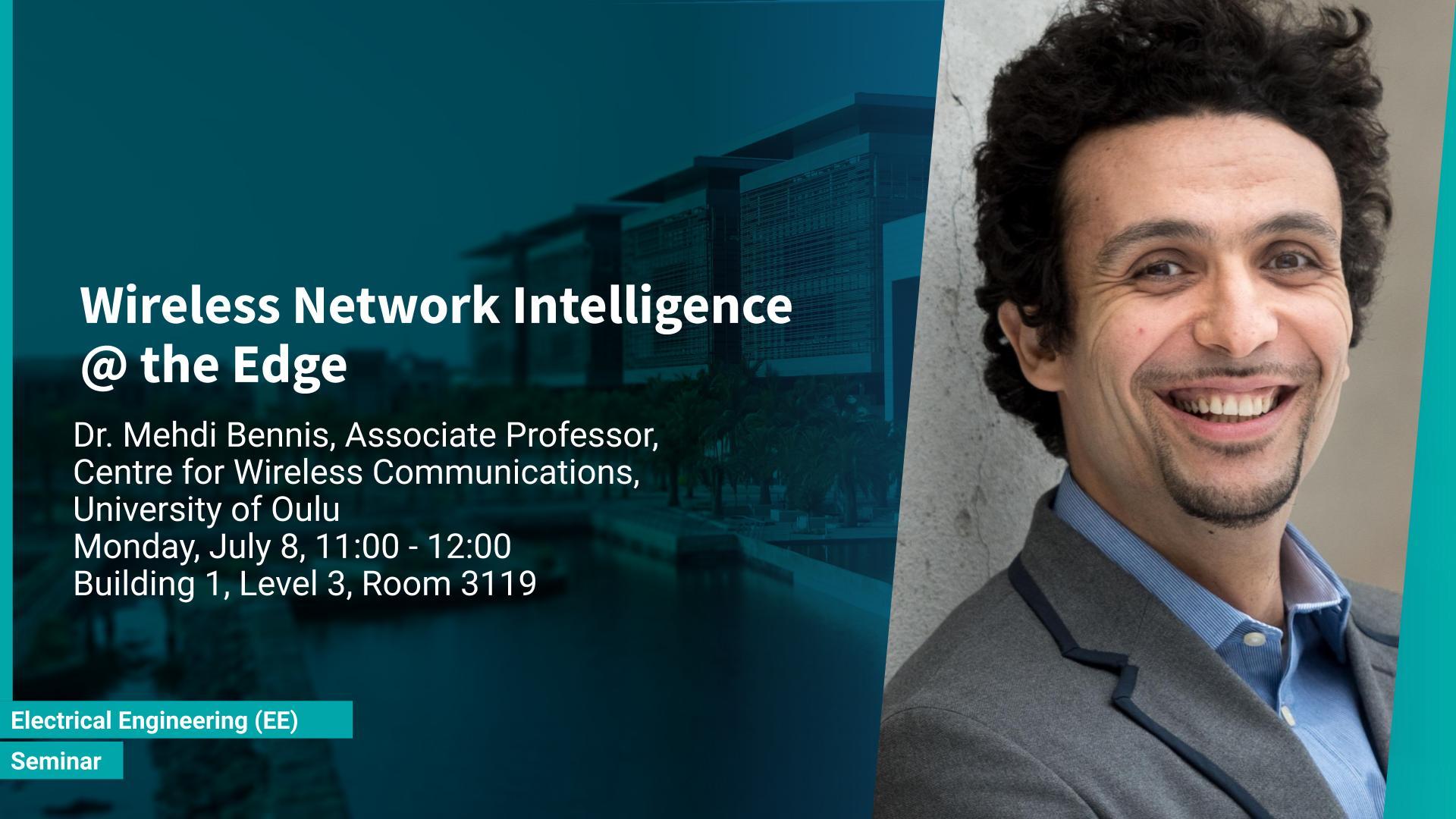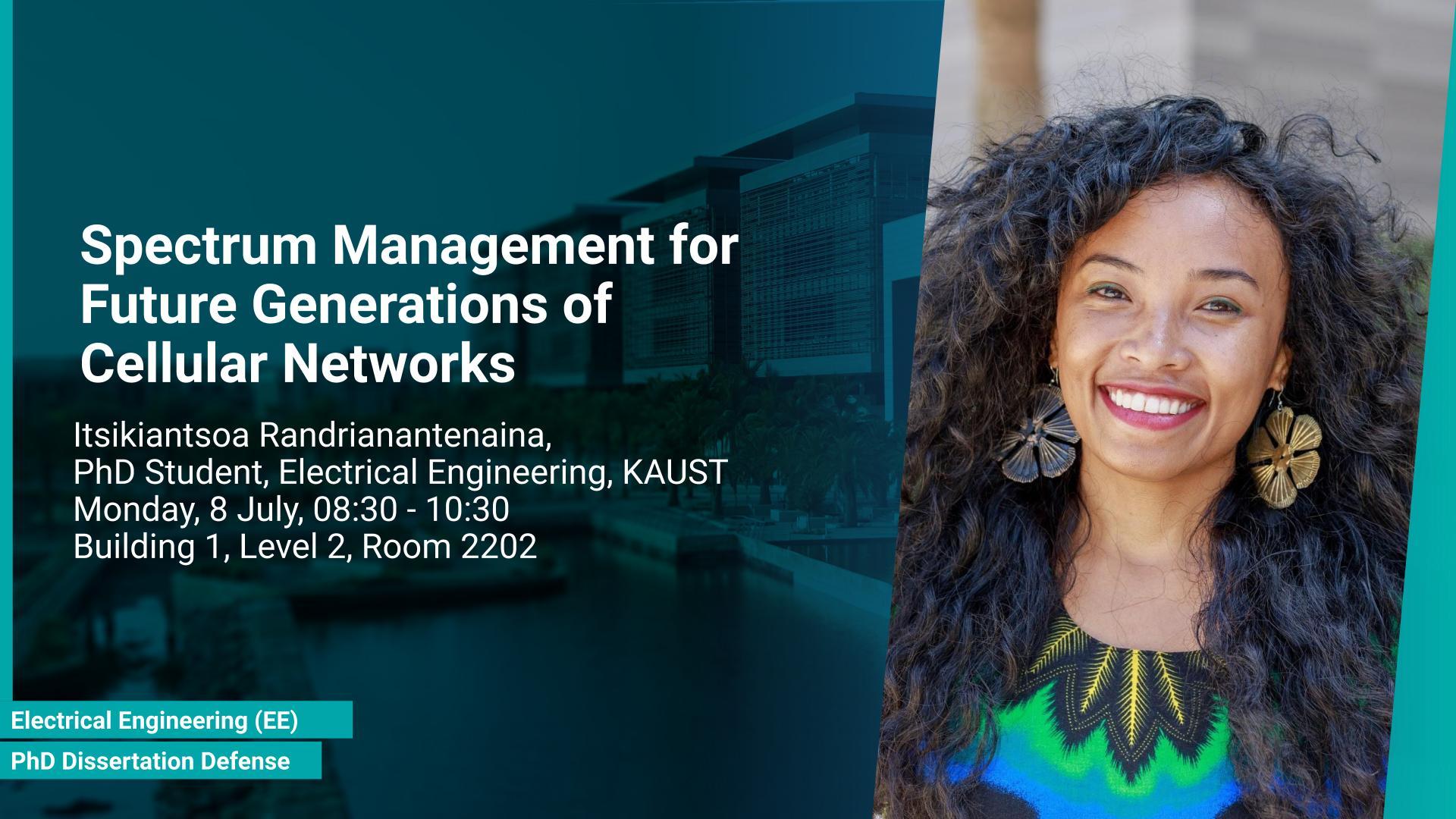PhD Student,
Electrical and Computer Engineering
Monday, July 01, 2024, 11:00
- 13:00
Building 1, Level 3, Room 3119
Contact Person
In addressing the challenges of expanding wireless coverage to unconnected regions, the space-air-ground integrated network (SAGIN) emerges as a transformative paradigm designed to meet the demands for high-rate and high-reliability communications. This dissertation introduces SAGIN, comprising satellite, aerial, and terrestrial components, as a two-hop relay network enhanced by cooperative links between space-air and air-ground segments.





